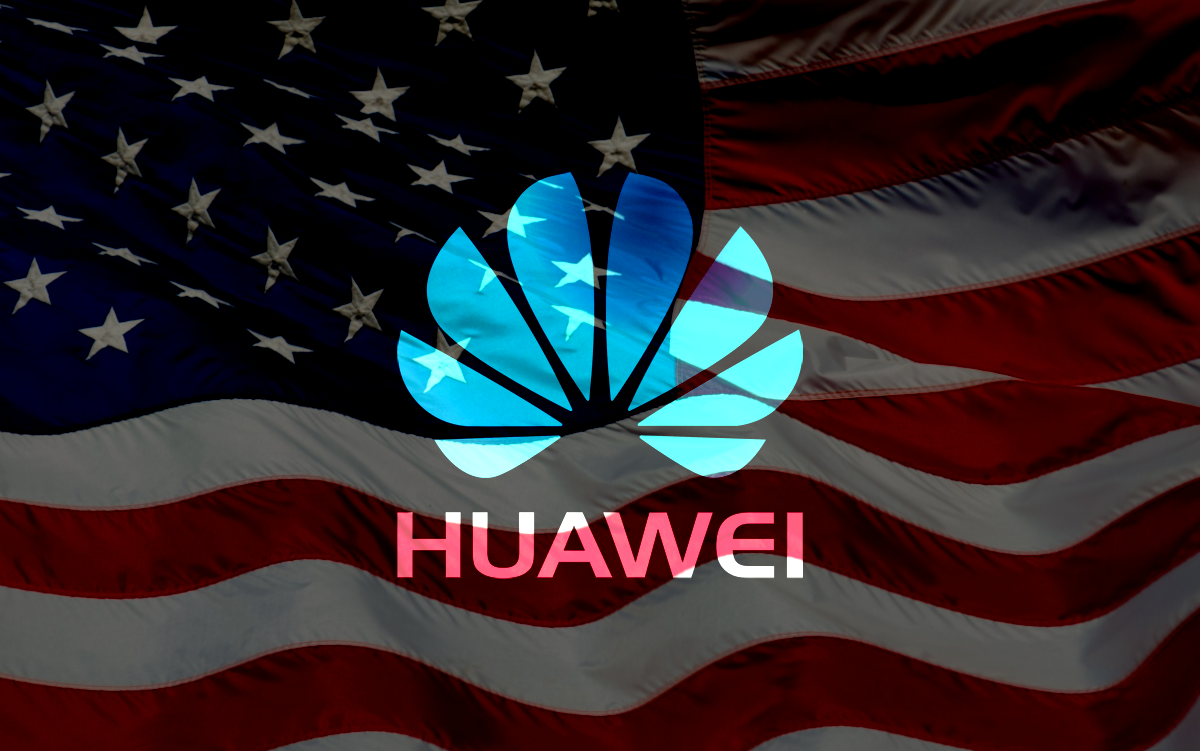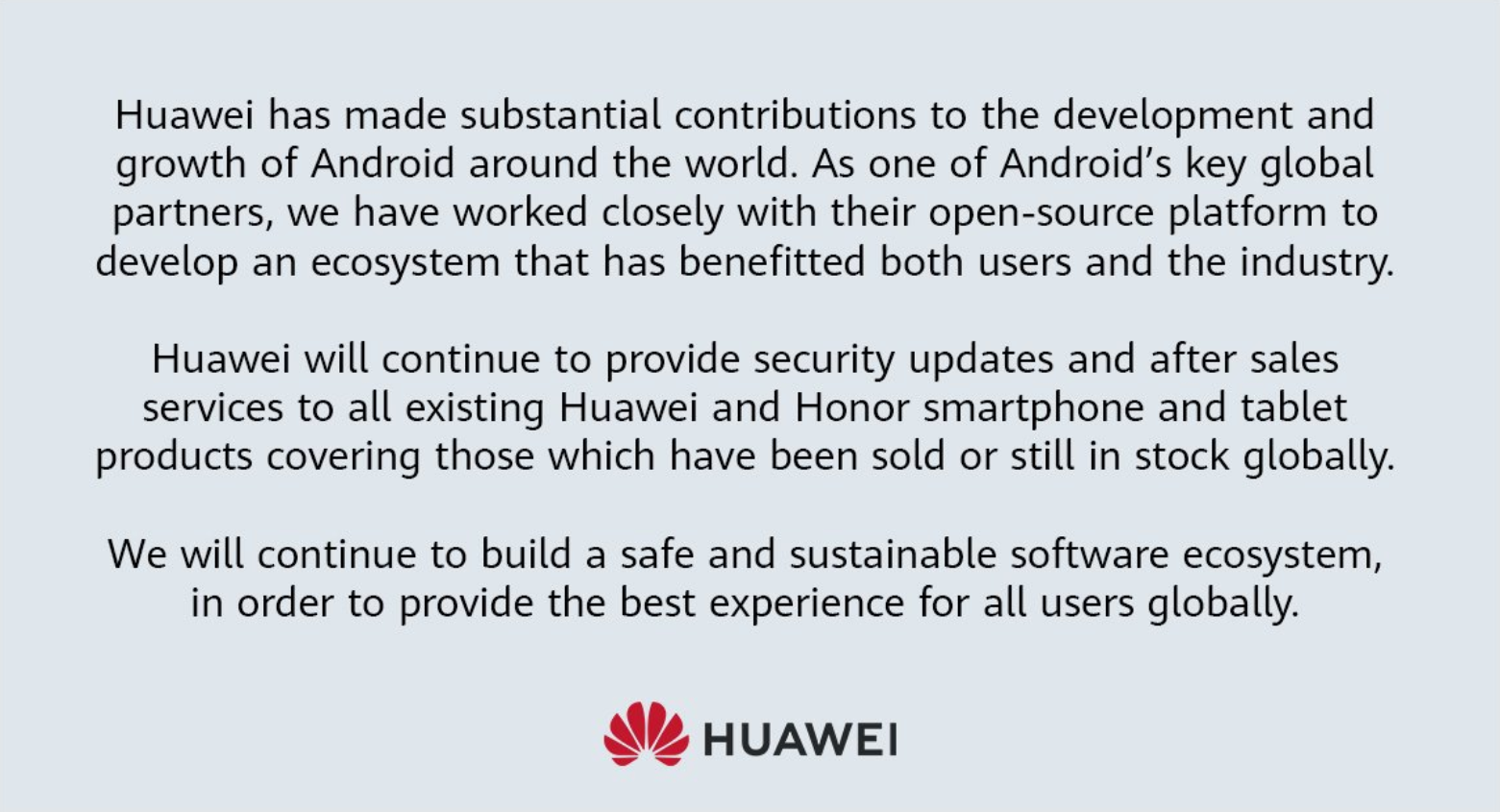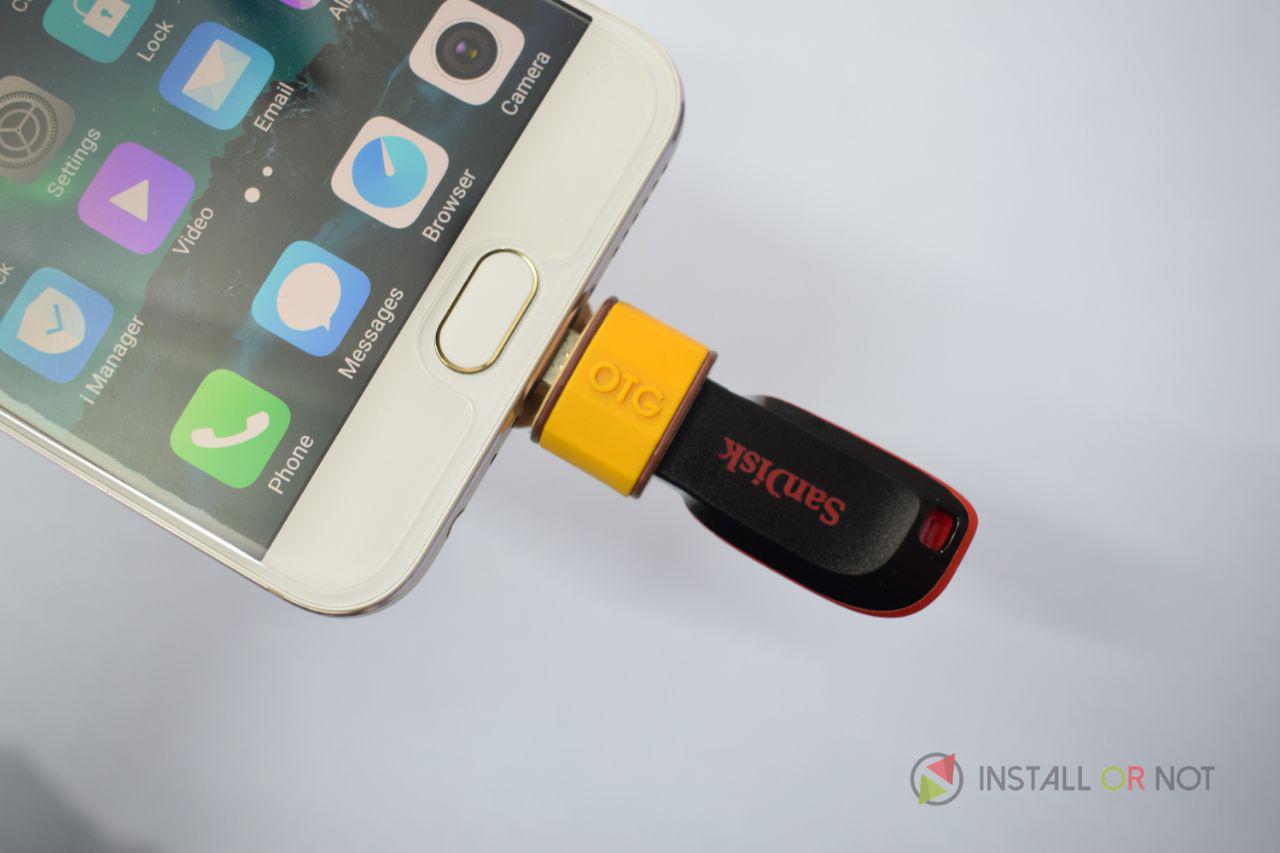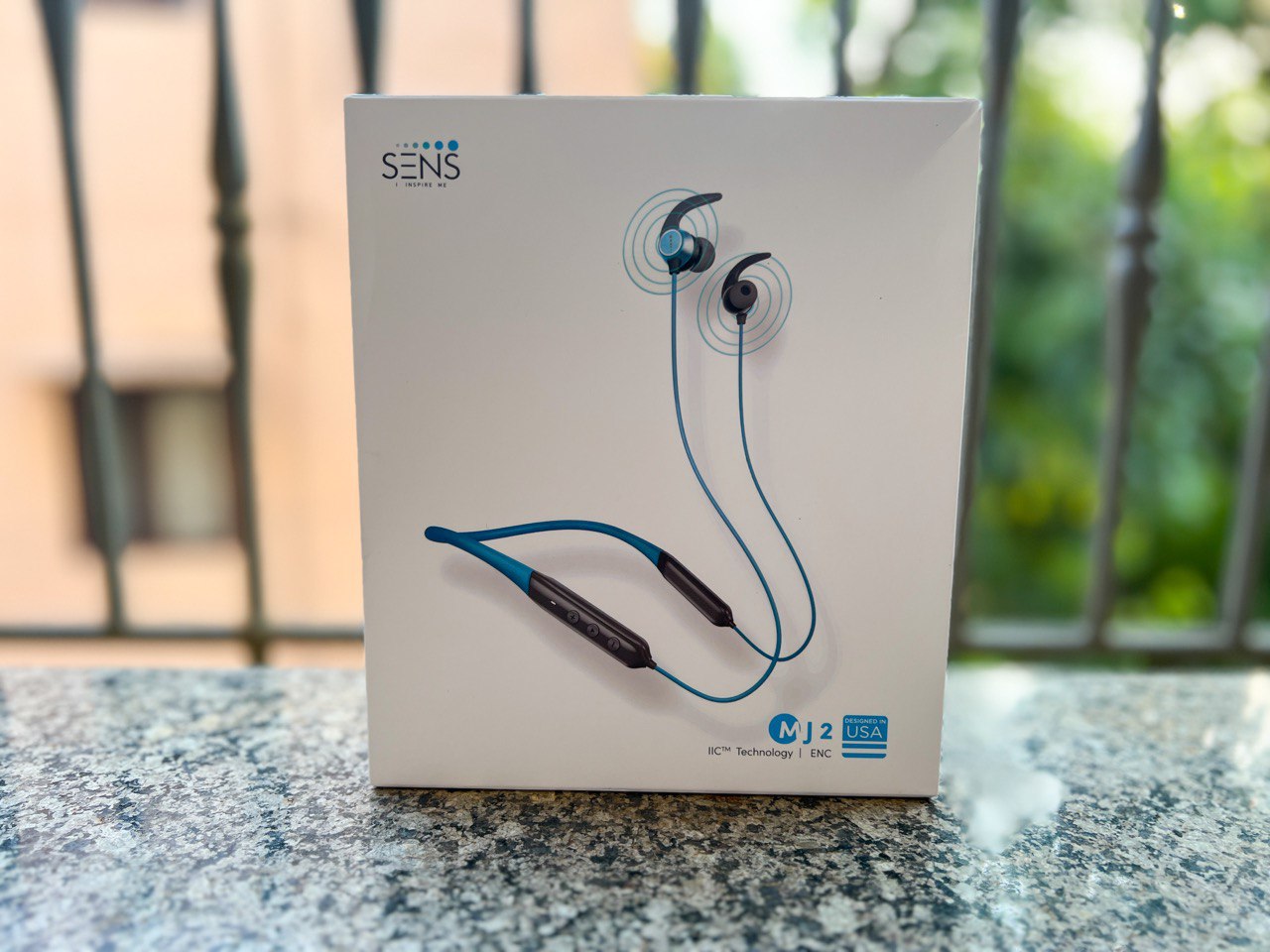
It was just a few days ago that Bloomberg reported of the hidden backdoors in Huawei’s equipment which allowed the company to have access to the users home network as well as Vodafone’s Italian fixed-line network. And now at the verge of heated up relationships between the US and the Chinese smartphone maker Huawei, Google revoked Huawei’s Android license as per the US’s government demands.
Why the ban?
The ban came as a development from the US lawmakers and Intelligence unit’s belief that Huawei works in favor of the Chinese government and increasing the risks of cybersecurity and privacy for the US customers. As for now, Google announced that the Google Play and security protection from the Google Play Protect will continue work on existing Huawei devices. Soon after, the company got a temporary license from the US government which allows them to function as necessary to provide service and support, including software updates or patches, to the existing Huawei devices that were made available on or before May 16, 2019. The license is set to expire on August 19, three months from the date of the ban.
This was followed by the other hardware making companies like Intel, Qualcomm, and other chip makers banning Huawei of their license. Most of these companies play a huge role in building a particular product for Huawei. How will they hold up for these? Well, Huawei has reportedly stockpiled many of these chips for them last somewhere between three months to up to a year.
Will they lift the ban?
But what happens after they run out of stocks? The Chinese company ZTE had a similar experience with the US government. ZTE was banned for three months of all the support from Google and other hardware component makers. However, Trump lifted the ban after three months considering the number of people who would lose their jobs. Well, if that’s the case, Huawei also holds quite a huge number of employees in the US. Didn’t the US government think of this? If they did, they are more likely to lift the ban for the sake of the employees.
Huawei’s promise
Following the ban from Google, Huawei responded that they will surely continue to provide security updates and after-sales service to all the existing users of Huawei smartphones including the users of their sub-brand HONOR. The same is applied for the currently sold devices and until the stocks last.

Huawei’s founder Ren Zhengfei also backed these companies that they’ve contributed a lot in the company’s growth and he firmly believes that these companies are trying to lift the ban by persuading the US government. He always went on saying that the temporary license issued by the US government won’t make much of a difference because of the company’s already existing contingency plan.
Ren also assured that these current trade restrictions won’t affect the Huawei’s 5G rollout and said that the other companies won’t be able to catch up with them for another two to three years in this development. If yes, maybe this is one another thing the US government should keep an eye on.
The Contingency plan
What did the company mean when they said they had a contingency plan? Well, Huawei has been developing its own Operating systems in case they were ever banned from using Android and Windows. As per the executive Richard Yu’s recent interview, Huawei seems to have developed their own operating system as part of a plan B for instances like these. In fact, they have been working on this since 2012 when the US government started an investigation on Huawei and ZTE.
As of now, Huawei is forced into using the Android Open Source Project (AOSP) builds in order to build the software. That means they can only have updates rolled out when the AOSP is updated which is kind of rare. Again, there are no security updates since Google does not maintain the AOSP. They will have to figure something out for this case too.
As part of the contingency plan, Huawei is reportedly building their own app store built based on their stock gallery which is found in both their Huawei and HONOR devices. As part of this, Huawei is having high hopes for this contingency plan but they are missing out on some crucial prospects of the same.
Huawei isn’t looking through the user’s eyes
We as users are very much concerned about the brand itself because they are one of the largest smartphone producers in the world. While the company is strongly believing that they can manage with the OS, I don’t see why someone would buy a smartphone which doesn’t run on Android. Although Huawei is trying to build something which can run the Android apps, there won’t be Google Play Services available which is disappointing. Even in the case of laptops, they are just a failure without Microsoft’s Windows and Intel’s chips.
Apart from that, even if Huawei feels that they have everything sorted out in the software, there comes hardware from the US companies which they lost. I mean, if they are capable of making their own processors (the Kirin lineup), they still need other hardware from these companies. And even if they find suitable replacements for this equipment in the Chinese market, we can’t be sure that they will work as they used to. Imagine having a top spec phone in the market with everything bumped up to the max with a price tag of $1000 and still doesn’t run on Android, would you buy it?
What Huawei and all the users can hope for is that the US government renegotiates with the company and lifts all the ban imposed on them. This same issue was once faced by ZTE before and they were never the same after they came back. However, we think that a billion dollar company like Huawei can figure something out of this. Be it, the US government lifting the ban or keeping it on, they can surely try. But what really concerns even after they come back is the way people think about Huawei as a company to potentially buy products from.
Would you buy a Huawei device, be it a smartphone or a laptop if they have their own OS running on it? Well, we leave the answer to yourself and hope that Huawei sorts this out with the US government and gets back on track with all the companies. Again, the US President, Donald Trump has a huge role in this ban development against the company.










